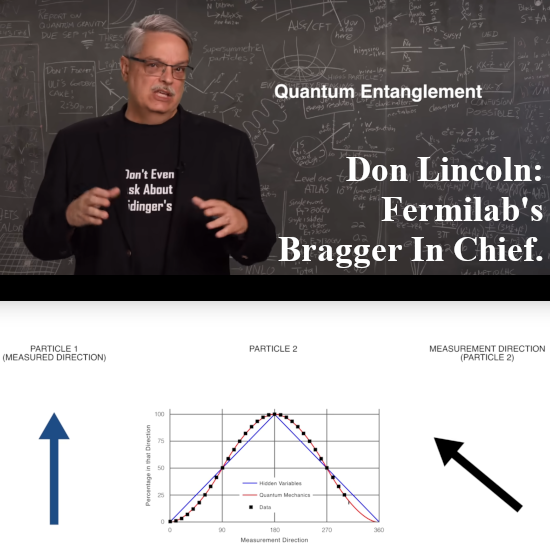Yes I know the name “Cross Product” is not correct because most people think a product has to do with two things or more formal: A product has two arguments. On the other hand this method of calculating a vector perpendicular to a specific triple of vectors in 4D space is a clear cut extension of the widely known and used cross product in 3D space.
At first when I started writing this post I only wanted to bring a bit more clarity of why it is handy to just use the famous +/- checker board pattern like you must in the inversion of a square matrix, but when I finished it even I considered it just too simple. And yes I always try to make it “As simple as possible” but I wanted a tiny bit more so called “math bone” to it so that’s why I wrote the rest of this post.
And in the rest of the post I show you how to make a 3D vector into a 3×3 matrix such that the determinant is the length of the original vector, this is done in two ways. I used stuff like that a few years ago when we looked at the matrix version of the famous Pythagoras theorem. So at the end I will link again that beautiful pdf from Charles Frohman upon that subject of a Pythagorean theorem for non-square matrices.
I also included a simple way to see why this method of finding or calculating a new column that is always perpendicular to all other columns to the left of it works. Originally I just took it from the way you calculate the inverse of a square matrix.
So that’s more or less it, the post is six pictures long and at the end the pdf upon that Pythagoras thing. I made a fault in numbering the pictures but I am to lazy now to repair it. It should read 01/06 and not 01/07…
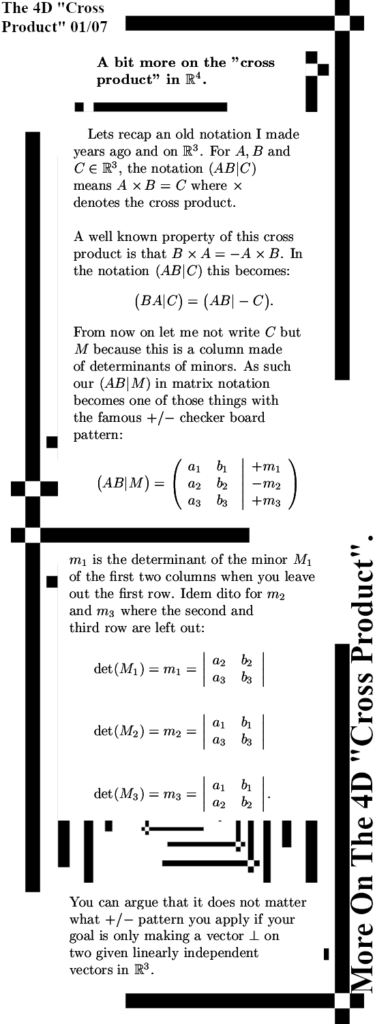
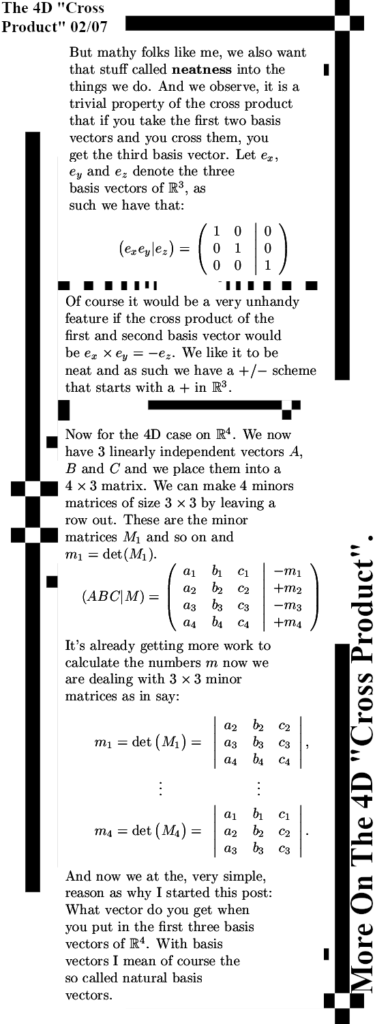

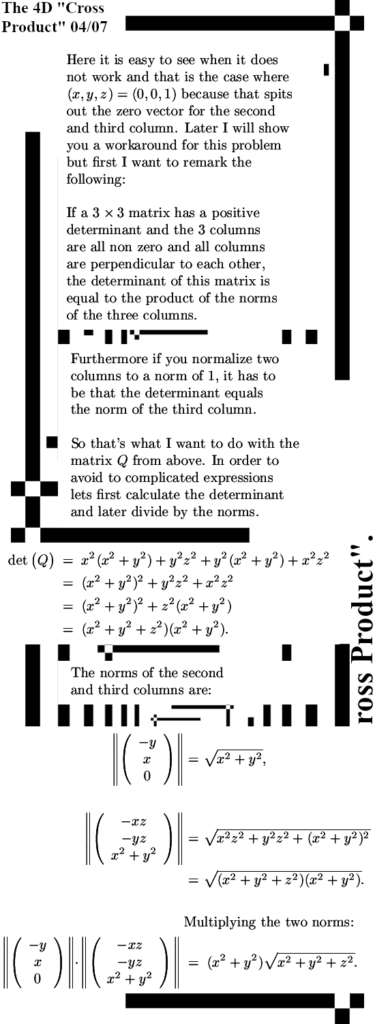
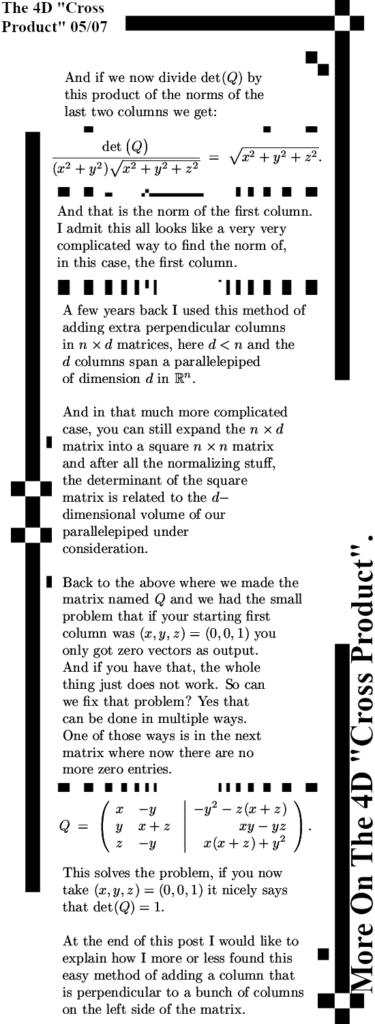

All that is left is place the link to the pdf. The pdf is roughly made of three paragraphs, the first one is the most important while the second paragraph are for crafting a bit theory to finally prove the theorem in the third paragraph.
The Full Pythagorean Theorem.
Link used: https://homepage.divms.uiowa.edu/~frohman/pyth2.pdf
That was it for this post, I hope you like the pdf because I consider it a very good math text.

